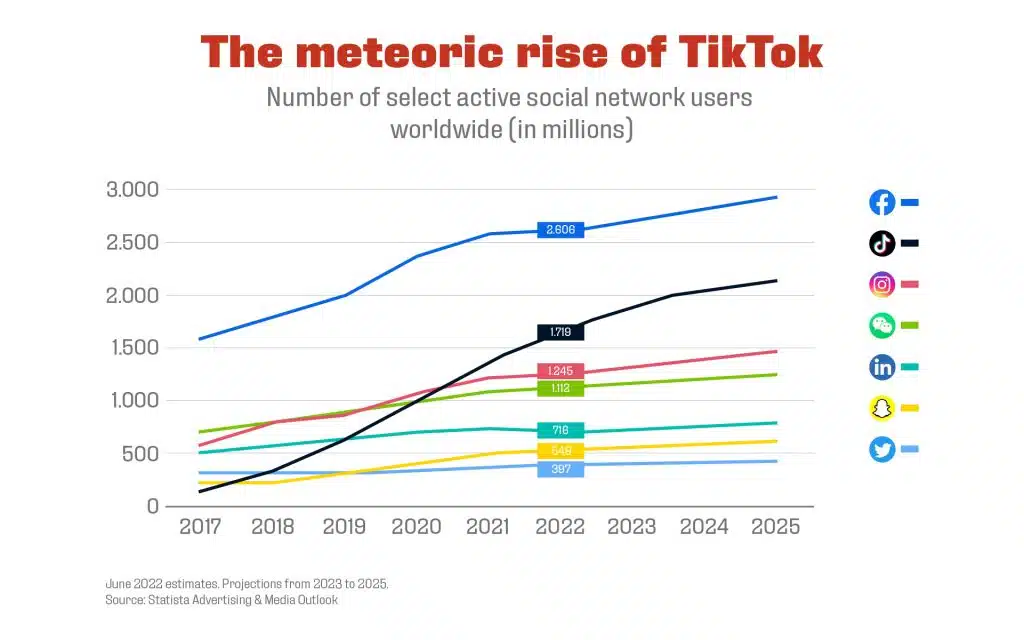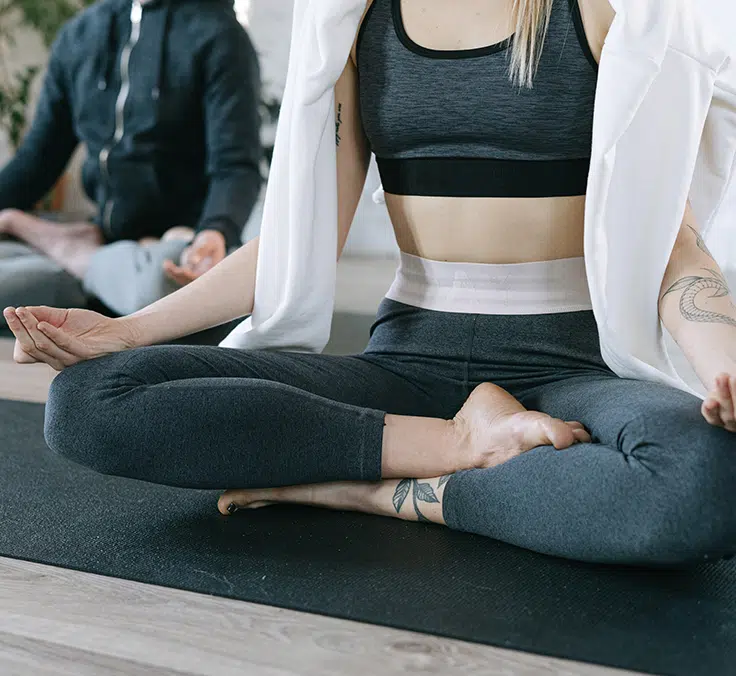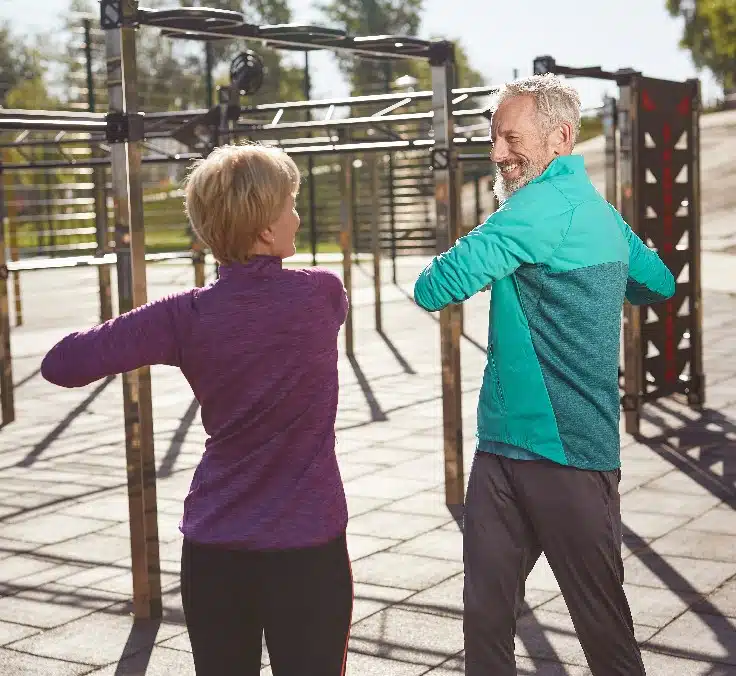HEALTH| 17.03.2023
How does TikTok’s viral productivity trend affect us?
How often have you heard people talk about TikTok lately? It comes as no surprise, given that the app now has more than a billion active users worldwide, with over a billion video views each day.
It’s now Google’s main competitor as well, as revealed by the company itself. The Chinese platform is gaining ground on the most famous search engine in the world. According to statistics, nearly 40% of Generation Z prefers searching on TikTok or Instagram rather than Google Search and Maps. As the senior vice president himself at Google, Prabhakar Raghavan, has recognized, 4 out of 10 young people prefer to search for restaurants on TikTok or Instagram rather than Google.
What is TikTok? How has this platform evolved?
As we’ve already pointed out, this is the number one platform among young people. According to Apptopia’s annual ranking, the application was downloaded 672 million times in 2022, with 99 million downloads in the United States. These figures include both iOS and Android downloads, making it the most downloaded app in the world for the second year in a row.
In general terms, the number of active social network users was estimated to be 4.6 billion in 2022, approximately 60% of the world population, and this figure is expected to reach nearly 6 billion by 2027, according to Statista’s projections.
Looking at its evolution, as seen in the chart, what makes TikTok stand out is its astonishing growth rate. After reaching a billion users during the pandemic, it overtook Instagram in number of users in 2021, and it is expected that the app will reach two billion users by 2024. As we can see, these figures far surpass those of well-established platforms like LinkedIn or Twitter.

The “5 to 9” trend or so-called excessive productivity
Though TikTok is well known for its famous dances, for many it has also become a place to get advice on how to stop procrastinating and achieve more throughout the day. They have become the most-viewed routines on this social network, creating a model of life that looks down on procrastination or setting time aside for oneself. In fact, the hashtag #productivitytips alone has gathered more than 112 million views.
Waking up at 5 am, going to Pilates class, working eight hours, packing lunch for work, doing laundry, going running, and going to sleep early is just one example of a routine you might adopt or see when swiping up on TikTok. It’s the latest “productivity” trend on TikTok: “the 5 to 9 routine”.
It’s the latest trend that’s gone viral among users of this social network, a way of glorifying productivity that makes use of every available moment throughout our day, leaving no room for procrastination. The aim is to show other TikTokers what they do as they go about their day, demonstrating their superhero-like abilities to do it all and combat the dreaded feeling many of us have that there “just aren’t enough hours in the day.”
Let’s take a look at the pros and cons of these routines and the impact they have on our health.
How are we affected by hyper-productivity trends?
TikTokers are split into two camps when it comes to these types of videos. Users that have embraced these routines argue that they’re a source of inspiration and a way to get everything done. But others have criticized this excessive productivity as leading to mental and physical exhaustion, pointing out that it ends up making downtime synonymous with throwing in the towel. Ironically, these productivity trends have developed in parallel to those that encourage setting aside time for yourself and focusing on your mental health.
Despite the success of these TikTok videos that have millions of views, we have to be more conscious of the effects they may have on us. We talked about this issue with Ana Isabel Estévez Gutiérrez, a professor in the Faculty of Health Sciences at the University of Deusto who conducted the study “The psychological impact of negative comments on social networks” with Fundación MAPFRE in 2022.
According to Ana, many studies have shown that our brains have a hard time handling inactivity. For example, going 20 minutes without doing anything makes us more tired mentally than spending 20 minutes carrying out a complex task, such as adding up three-digit numbers. Most people would rather get busy with the first task they come across than getting bored.
Viewing TikTok videos “entertains” and “stimulates” our brain, states Ana Estévez.
The expert also pointed out that hyper-productivity itself is a complex concept. It assumes that we’re capable of producing more and taking full advantage of all our time. However, she stresses that when our attention is focused on TikTok, our minds don’t focus on us, on how we feel, or on what we need. They also don’t pay attention to what’s beyond the screen. The notion that we have to be getting something done all the time goes against our fundamental need to rest and stop to think and gain perspective. And to do other things with our screens as well, of course.
The impact TikTok has on our mental health
As Professor Estévez explained to us, there is ample evidence of the impact it has both on our mental and physical health. One example is the scientific evidence that shows that screens can have a very negative effect on sleep duration and quality. Sleeping problems can affect our ability to memorize and learn. In a more indirect way, sleeping issues can disrupt our immune systems and thus weaken them, increasing our chances of getting sick. Other effects sleep can have in the medium or long term are related to possible disruption of brain development and obesity, among many other issues.
Studies have also demonstrated that the more time students spend playing videogames, and the more they use their smartphones or are active on social networks, the worse their grades are. In this sense, the psychologist also points out that we can’t forget that the more time a minor spends with their smartphone, television, computer, tablet, or video game console, the more their family ties are weakened. If parents are plugged in to digital media, they won’t be as focused on their relationship with their children, something that’s fundamental to their development.
However, when it comes to mental health, one of the biggest issues without a doubt are eating disorders, which have grown at an alarming rate in recent years, especially during the quarantine.
Ana Estévez told us about an article[1] that she published recently which references the 2017 report “#StatusOfMind” published by the Royal Society for Public Health in the United Kingdom, which stresses that the social network that has the most negative impact on young people’s mental health in Instagram. Likewise, in a report from 2019 called “#NewFilters”, this same body underscored the negative effects using Instagram filters has above all on body image, leading to anxiety and depression as consequences of these unattainable beauty standards. These reports and various findings led the United Kingdom to ban influencers from using filters in photos and videos when advertising cosmetics products if they could be construed as false advertising.
[1] López-Montón, M. and Estévez, A. (2022). Instagram adds a tool to treat anxiety and depression: will it make any difference? The Conversation. ISSN 2201-5639
Difference in effects based on generation
For adolescents between 13 and 18 years old, stated Ana as one example, the amount of screen time spent on smartphones can reach up to six hours and 40 minutes a day in some cases. This would be the equivalent of a quarter of their day and 40% of their average waking time.
It’s also important to remember that adolescence is the stage of life where habits are defined, and childhood is a critical stage of human development as well. The behaviors that are learned in these first few years could become the basis or lacking element of many circumstances that occur later on. Childhood affects your whole life[1], asserted Ana.
[1] Estévez, A. (2013). Childhood affects your whole life. In Martínez-Pampliega, A. e Iriarte, L. (editors). Advances in Family and Couple’s Therapy in Clinical and Community Contexts. Madrid: Editorial CCS.
But the big question we’re left with is, can we do anything to reduce its effects?
This is a major question on many people’s minds nowadays. The doctor of psychology explained that we can definitely do things to change this pattern. Cutting back on your smartphone use is one of the most effective ways to reduce its impact.
As mentioned before, excessive screen time can have a negative impact on us. We can’t forget that children could be exposed to inappropriate content here from a very young age, such as violence, which could be very detrimental for them and must be avoided.
RELATED ARTICLES:





